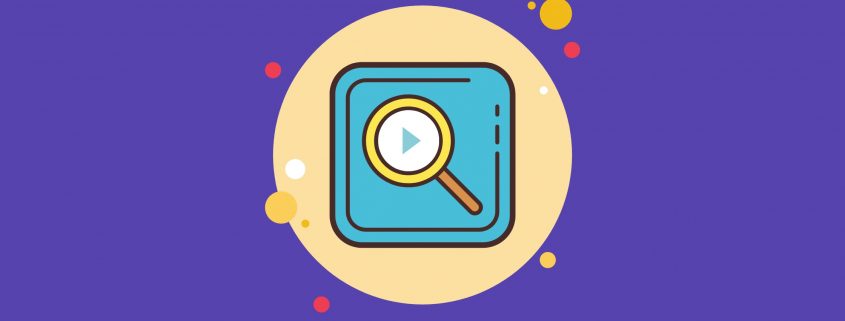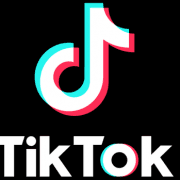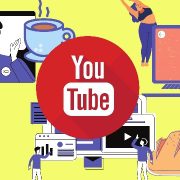Lifting The Curtain On YouTube’s Recommendation Algorithm
Search engine algorithms are tightly protected, with most of what we know pieced together through data. Google, YouTube, Bing, and Facebook prefer to keep as little publicly known as possible, to prevent people from “gaming” the algorithm to leapfrog to the top of the results.
This week, however, YouTube revealed quite a bit about its video recommendation algorithm in a Q&A, including how a few signals directly impact rankings.
Below, we’ve collected a few of the best questions asked in the Q&A, as well as the responses from YouTube’s team responsible for maintaining the YouTube recommendation algorithm.
Underperforming Videos
Many believe that having even one or two underperforming videos can hurt your channel overall. Is it true that a few poor videos can affect your future videos’ performance?
YouTube recognizes that not every video is going to be a smash hit. In fact, they regularly see that some channels have videos that perform very well, while others fail to hit the mark.
This is why YouTube focuses more on how people are responding to a given video, rather than past video performance.
As the team says, the recommendation algorithm will always “follow the audience”.
Too Many Uploads
Is there a point where a creator can be uploading too many videos? Can having a large number of uploads in a day hurt your chances of being recommended?
The simple answer here is no. YouTube’s recommendation algorithm does not directly punish channels for uploading too many videos in a day.
In fact, there are channels which benefit from uploading numerous videos in a series at once.
What it comes down to is how many videos your viewers are willing to watch at once.
The recommendation algorithm will continue to recommend your videos to viewers so long as they continue to watch.
However, if you begin to lose viewers with each successive upload, it may be a sign that your audience is at their limit.
While there is no limit to how many videos YouTube will recommend from your channel, there is a limit to how many notifications viewers will receive in a given day. Viewers can receive up to three notifications for new videos from a single channel in a 24 hour period.
Inactive Subscribers
After a few years, channels can develop a significant number of inactive subscribers. Can these hurt your channel, and would it be beneficial to start a new channel to reduce these numbers?
YouTube knows that there are many reasons subscribers can become inactive. Because of this, they do not factor in inactive subscribers when recommending videos.
With this in mind, there is no real value to starting a new channel to reduce inactive subscribers or reconnect with lost viewers.
The only reason you should consider starting a new channel is if you decide to go in a different direction with your content.
External Traffic
Does external traffic help your channel?
External traffic is absolutely a factor that YouTube’s recommendation algorithm considers and can help your videos get recommended.
However, there are limits.
While external traffic will help your video get recommended to viewers, it has to continue to perform well to continue being shown.
To continue being recommended, viewers have to not only click on your video but respond well to the content.
Does this mean it will hurt my video if I’m getting lots of traffic from external websites and it is dragging down my click-through-rates and average view durations?
This is actually a common phenomenon so YouTube will not punish your video if the average view duration drops when receiving large amounts of external traffic.
What really matters is how people respond after clicking on your video in their recommendations.
To hear the YouTube recommendation team answer these questions in more detail, watch the full video below:











Leave a Reply
Want to join the discussion?Feel free to contribute!